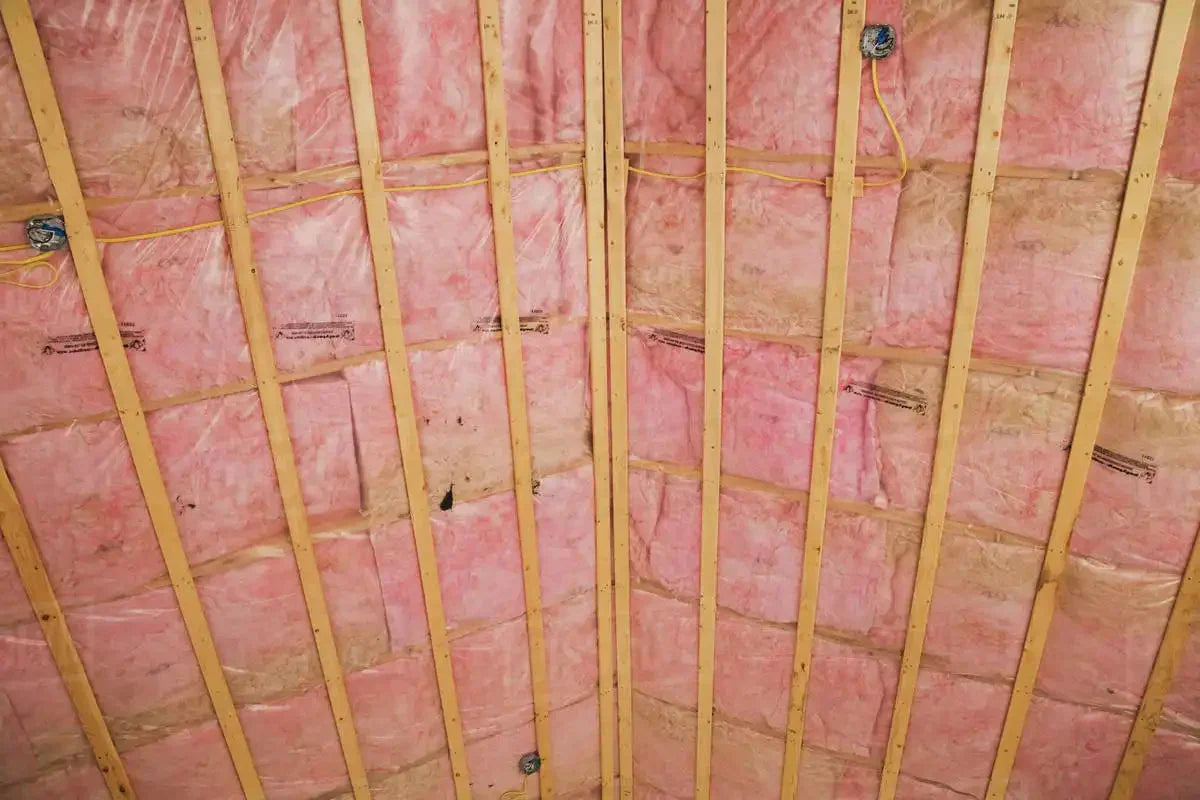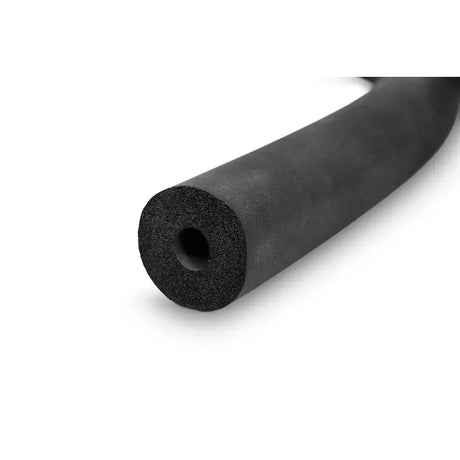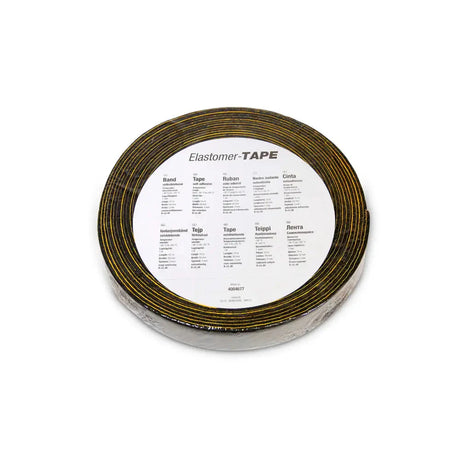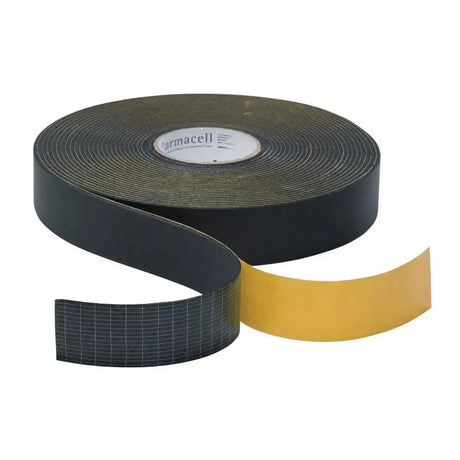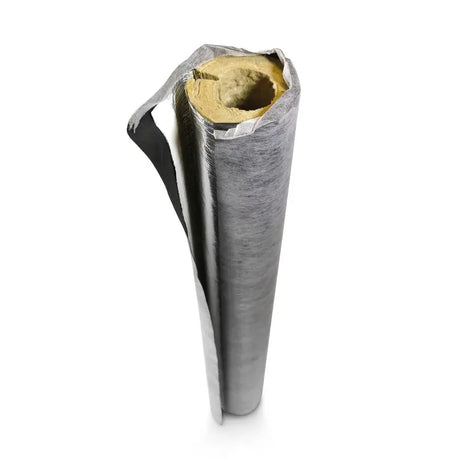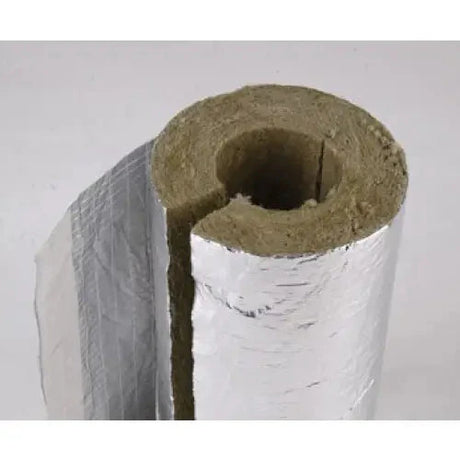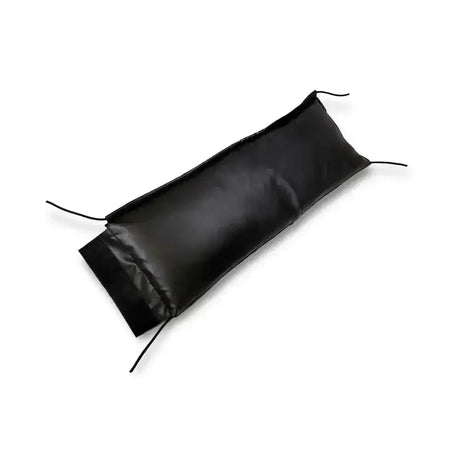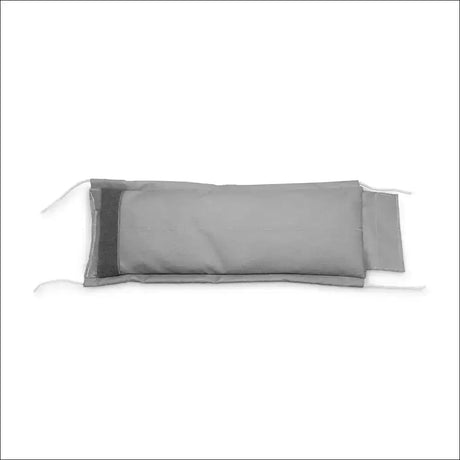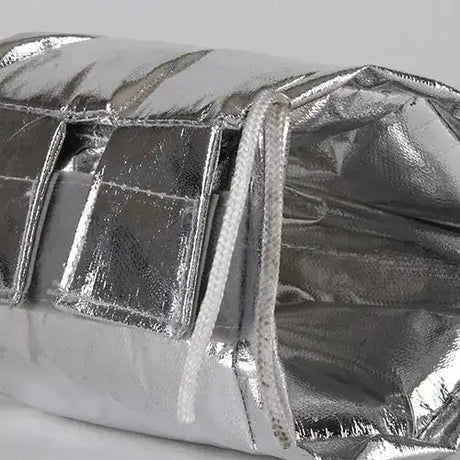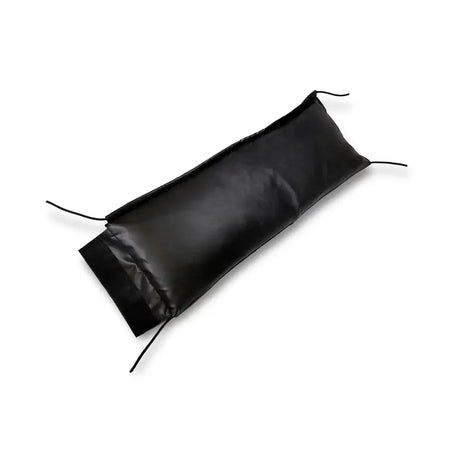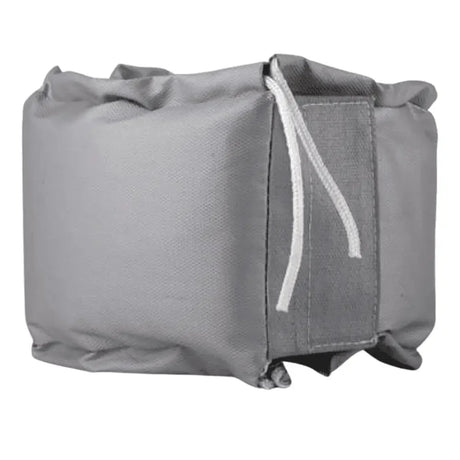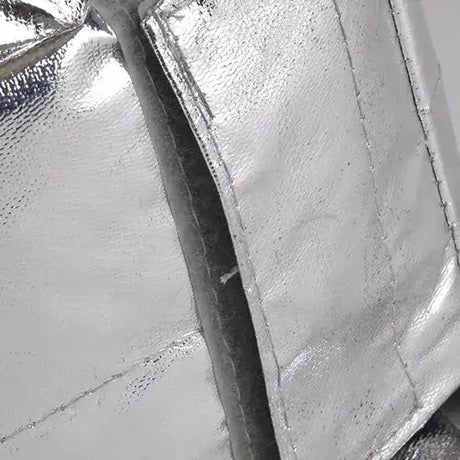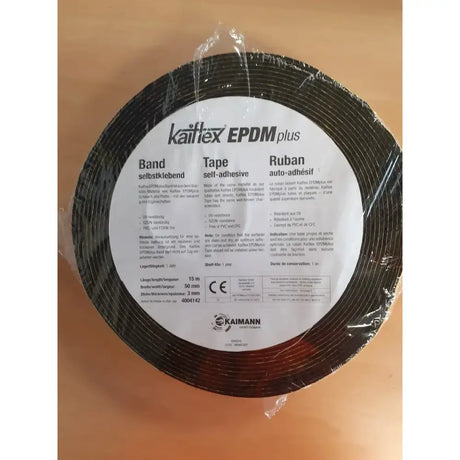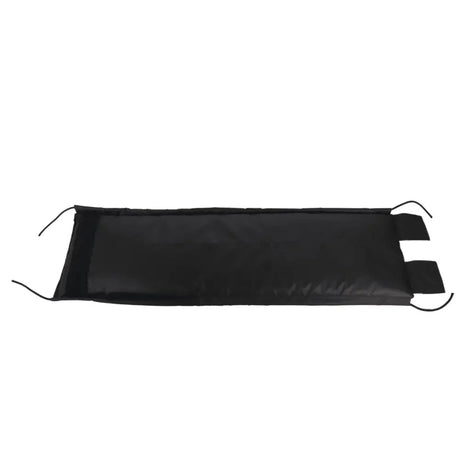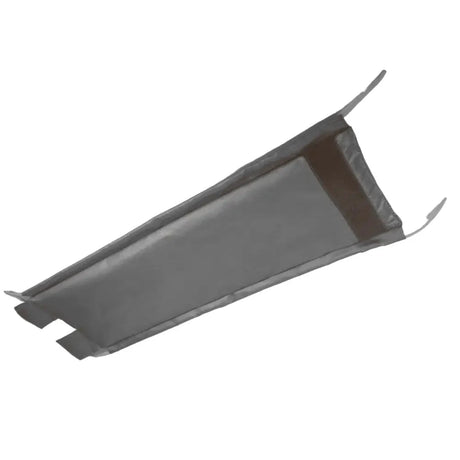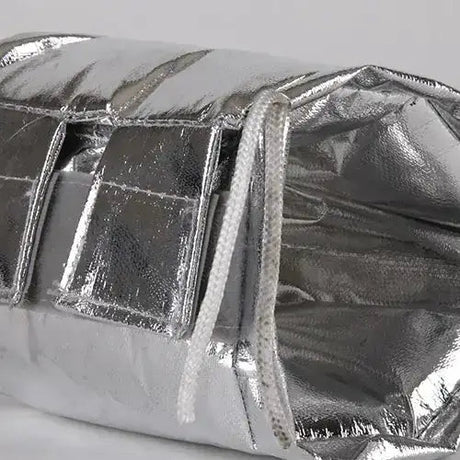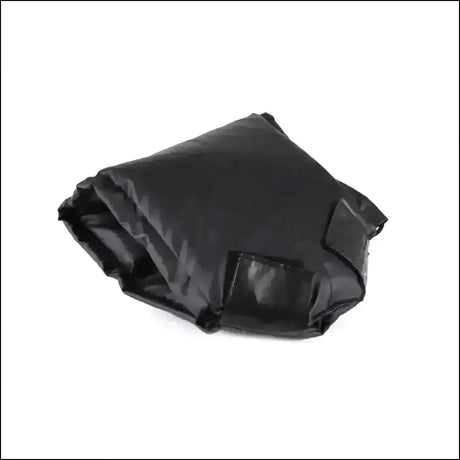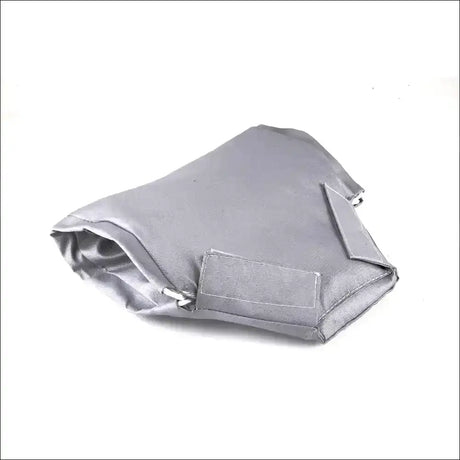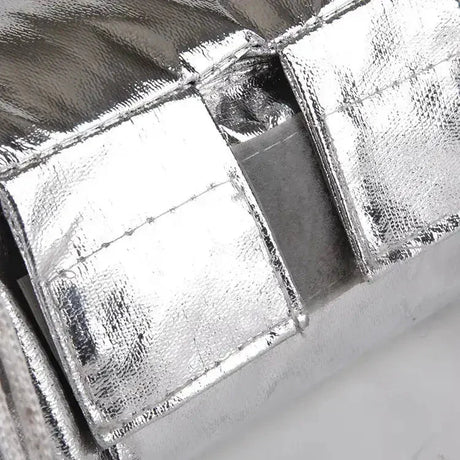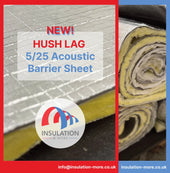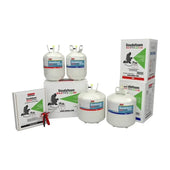Are you finishing your basement and considering leaving the ceiling exposed? If so, you may be facing the challenge of dealing with exposed fiberglass insulation. While it's tempting to simply spray paint over it, especially if we're talking about smaller sections, there are much better solutions available that will yield more satisfactory, safe and effective results.
Option 1: Rigid Foam Insulation
One option is to cut some rigid foam insulation e.g. Polyurethane (PUR), Polyisocyanurate (PIR), Expanded Polystyrene(EPS) or Extruded Polystyrene(XPS) squares and push them up into the ends to hide the fiberglass. Be mindful of the type of foam insulation you use if you plan on painting it. Solvents in paint can eat away at certain types of foam, so it's important to choose a compatible material.
Expanded Polystyrene (EPS) foam in particular is vulnerable to some of the solvents typically found in paint. Extruded Polystyrene (XPS), Polyisocyanurate (PIR), and Polyurethane (PUR) foam, on the other hand, are much more resistant to those solvents and as such can be painted without the risk of damage. You should note that it's important to consult the manufacturer's recommendations for the specific type of foam insulation you are using to determine its compatibility with paint and other solvents.
Option 2: Use Foil-Faced Insulation
Another option is to replace the fiberglass insulation with foil-faced insulation. If you do this, then you could cover any exposed areas using aluminium tape.
Foil-faced insulation is a type of insulation lagging that has a reflective foil layer laminated to one or both sides. When installed with an air gap, the reflective surface of the foil layer helps to reflect radiant heat away from the living space, keeping the home cooler in summer and warmer in winter and Aluminum tape is a special type of tape that is generally used to seal the seams and edges of foil-faced insulation. The tape has a strong adhesive that bonds to the foil surface, creating a tight seal and vapor barrier that prevents air and moisture from penetrating the insulation.
Option 3: Use PIB Cladding
PIB (Polyisobutylene) can also be used over fiberglass insulation. PIB is a type of vapor barrier that is designed to prevent moisture from penetrating through walls, ceilings, and floors. It is commonly used in basement and crawlspace applications to help prevent moisture damage to insulation and building materials. Being a sleek black, it can also blend in to most environments pretty easily.
To install PIB over fiberglass insulation, follow these steps:
- Measure the area that you want to cover and cut the PIB to fit.
- Install the fiberglass insulation according to the manufacturer's instructions.
- Lay the PIB over the top of the insulation, making sure to cover the entire area.
- Use a staple gun to secure the PIB to the surrounding surfaces, such as the floor joists or wall studs.
- Overlap the edges of the PIB by at least 6 inches and use aluminum tape to seal the seams.
Or you could do it the way the professionals do.
While it may be tempting to take shortcuts when dealing with exposed fiberglass insulation in your basement, taking the time to find a suitable solution will yield better results in the long run. Consider these options and choose the one that works best for your situation.

